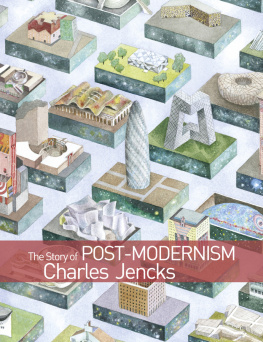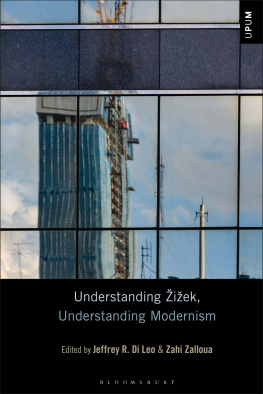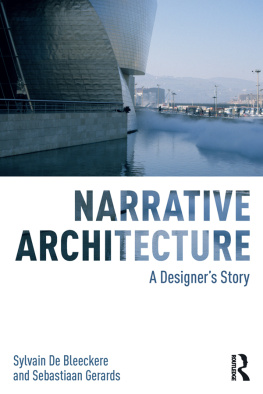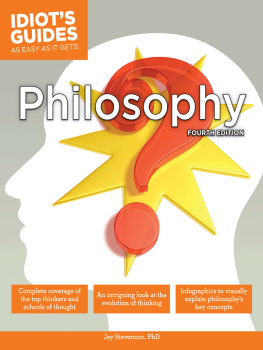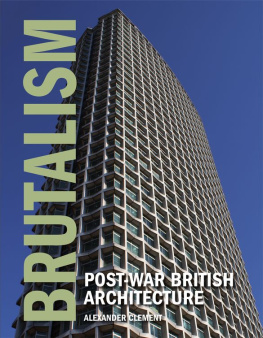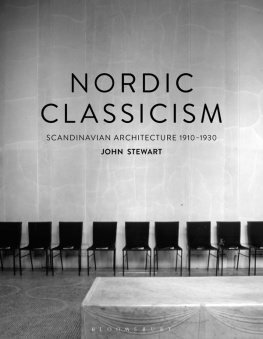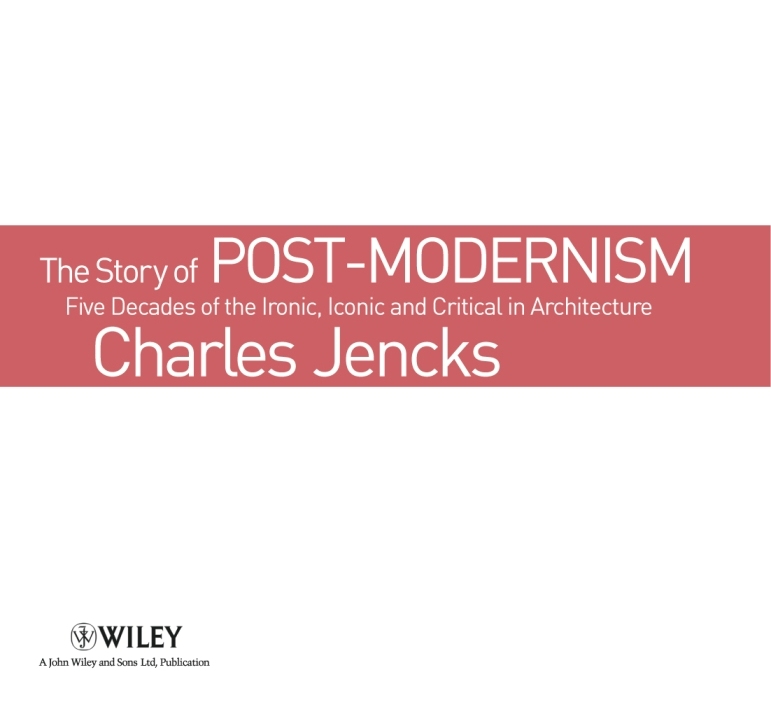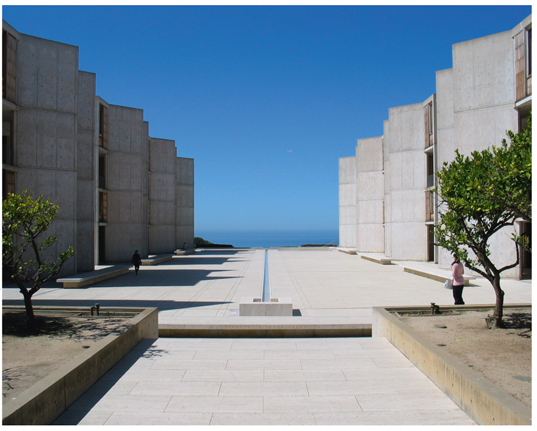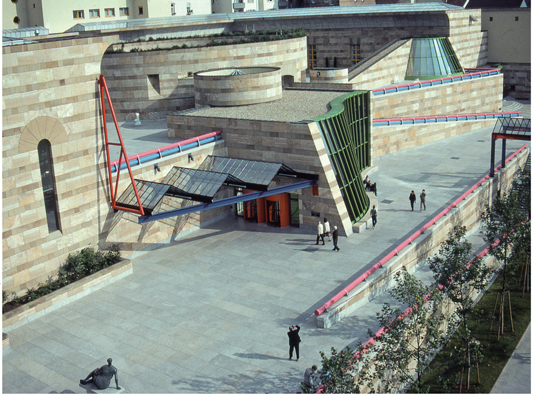This edition first published 2011
2011 John Wiley & Sons Ltd
Registered office
John Wiley & Sons Ltd, The Atrium, Southern Gate, Chichester, West Sussex, Po19 8SQ, United Kingdom
For details of our global editorial offices, for customer services and for information about how to apply for permission to reuse the copyright material in this book please see our website at www.wiley.com.
The right of the author to be identified as the author of this work has been asserted in accordance with the Copyright, designs and Patents Act 1988.
Wiley also publishes its books in a variety of electronic formats and by print-on-demand. Some content that appears in standard print versions of this book may not be available in other formats. For more information about Wiley products, visit us at www.wiley.com. designations used by companies to distinguish their products are often claimed as trademarks. All brand names and product names used in this book are trade names, service marks, trademarks or registered trademarks of their respective owners. The publisher is not associated with any product or vendor mentioned in this book. This publication is designed to provide accurate and authoritative information in regard to the subject matter covered. It is sold on the understanding that the publisher is not engaged in rendering professional services. If professional advice or other expert assistance is required, the services of a competent professional should be sought.
Executive Commissioning Editor: Helen Castle
Project editor: Miriam Swift
Assistant editor: Calver Lezama
ISBN 978-0-470-68896-0 (hardback)
ISBN 978-0-470-68895-3 (paperback)
ISBN 978-1-119-96008-9 (ebk)
ISBN 978-1-119-96009-6 (ebk)
ISBN 978-1-119-96010-2 (ebk)

To all those who have resisted the false imperative of the zeitgeist.
Front cover: Madelon Vriesendorp (artwork) and Charles Jencks (iconography), The Cosmic Eye Sees Post-Modernism: Fifty Years, Five Traditions . Reading left to right are a few of the streams discussed in this book: Contextual Counterpoint, Patterned Ornament, Iconic Building and Landforms. Pondering Rem Koolhaas' The City of the Captive Globe , 1978, the cosmic eye reflects on natural metaphors as they float through the heavens, just as Claude Nicolas Ledoux prophesied: There is the architect, up among the whirlwinds and clouds that battle to dominate the skies. (L' architecture , Vol I, p 195.)
Louis Kahn, Salk Institute for Biological Studies , La Jolla, California, 19625
One of the first Cosmic Landscapes of Post-Modernism, this court frames the sun's axis with its water channel and walls of rustic teak and concrete. The laboratories are open, collective spaces, but each individual study looks out to the Pacific Ocean as the scientist tries to decode nature's secrets. Horizon lines of architecture complete those of the sky and water. As Frank Gehry said, the Modern Movement was all mechanical, that's why the Post-Modern thing happened and Lou Kahn was kind of a breath of fresh air of that [new movement] in America and my first works come out of my reverence for him. Quoted from film, My Architect , 2004, by Nathaniel Kahn.
Post-Modernism Resurgent?
Since the Millennium Post-Modernism, in all but name, has returned as a major movement in the arts. How has this happened? With the revisiting of ornament and pattern-making in architecture and the arts, the explosive growth in iconic buildings and landmark sculptures-works that are symbolic and highly communicative many of the post-modern concerns of the 1970s and 1980s have become central to society.
Most importantly, pluralism has been accepted as the global order of cultures, the post-modern commitment to the many-voiced discourse that the contemporary novel celebrates. At any international art fair such as London's Frieze, over a hundred approaches are evident, and today in the world of architecture this market pluralism is almost as rich and tolerant of difference. Market diversity may not realise the post-modern ideal of political toleration, but it is an improvement on the dominance of one cultural mode, whether Classical, national or Modern.
Beyond revisiting ornament, iconography and pluralism there are other post-modern returns, some which remind one of the old definition of revolution: to revolve back to a better past. The origin of this metaphor, planetary revolutions, also underscores the fact that the cosmic world view is an example of such a post-modern return. It is an inspiration for some architects designing iconic buildings, a subject I will look at in conclusion. But each chapter treats of the re-emergent themes such as a new complexity theory; or the way urban areas can be stitched together by a contextual counterpoint, two more key ideas I highlight in this resurgent tradition.
What is a typical Post-Modern building? One that is hybrid, one that dramatises the mixture of opposing periods the past, present and future to create a miniature time-city. Hence it is based on multiple codes, combining Modern universal technology and local culture, in a recognisable double-coding, its characteristic style. The typical Post-Modern building speaks on several levels at once, to high and low culture, and acknowledges the global situation where no single culture can speak for the entire world. Heightened communication is thus a goal, conveying heightened consciousness of our plural situation. A PM classic is James Stirling's addition to the Neue Staatsgalerie in Stuttgart. Its double-coding mixes Modern elements with traditional and vernacular ones, three styles sometimes compete on one facade. But the irony is that Stirling uses High-Tech decoratively, to tell the visitor how to move through this complex site. Brightly coloured steel is thus used as symbolic ornament while traditional masonry works best as temperature control: such inversions in Post-Modernism always make you smile with their knowing irony.
However, for an architectural movement evolving over 50 years, no building can encompass its rich variety, or be typical. Those constructed in the 1980s, like Stirling's, may feature opposite codes, but the wider tradition with which I am concerned may use different tactics to achieve similar ends. Today, for instance, digital ornament and complexity are folded into a seamless whole, although the goal is still to heighten communication and encompass difference.
James Stirling and Michael Wilford, Neue Staatsgalerie, Stuttgart, 197784
High-Tech marks the route and entrances, Classical banded forms touch the ground, while vernacular stucco makes up most of the scheme and ties it into the neighbourhood. A classic case of contextual counterpoint.
Moreover, as an unfinished movement of five decades, Post-Modernism is still contentious, and critics disagree over its meaning. The different spellings reflect this, including the streamlined version of a single word, Postmodernism. Yet, since critics agree that the designation refers to the era of pluralism

